Enter the mesmerising, AI-driven world of artist Refik Anadol
Refik Anadol’s masterly use of data sets and AI models allows him to create dazzling ‘living paintings’, on display in MoMA’s Gund Lobby until 5 March 2023
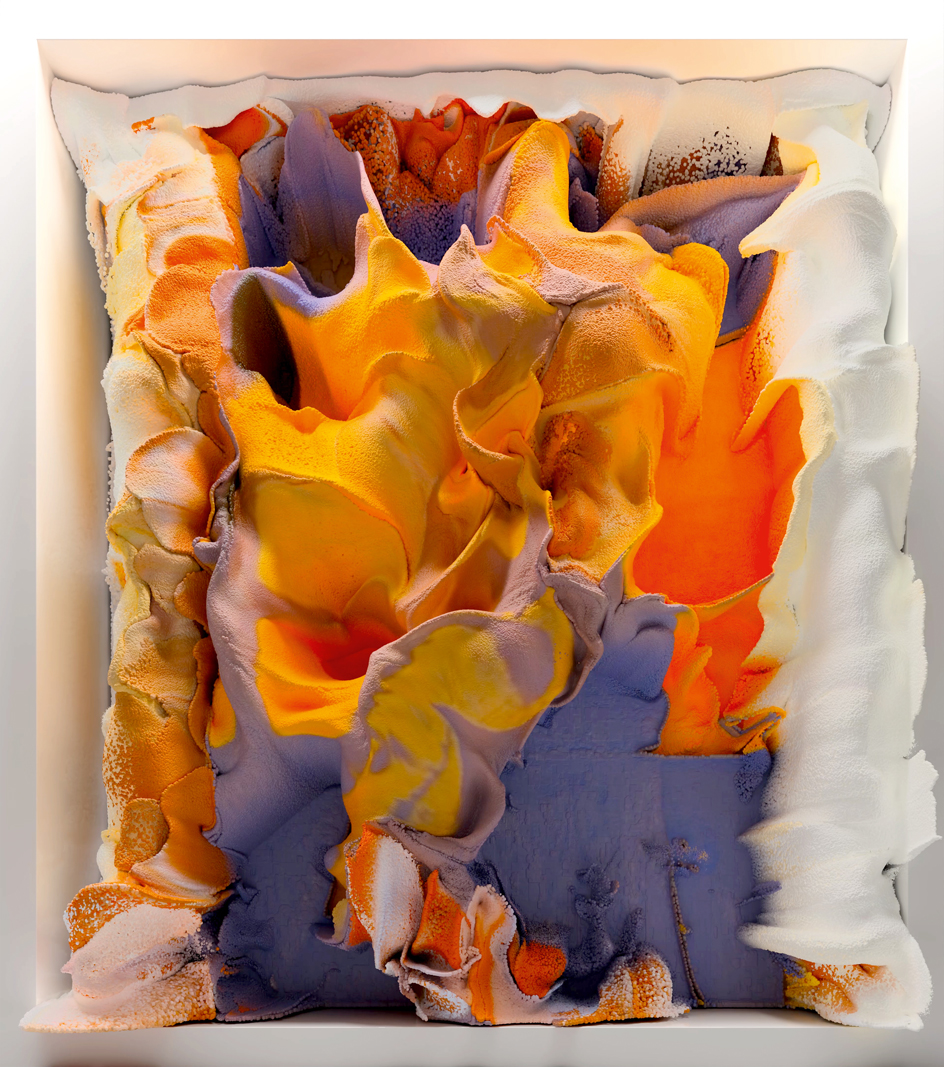
Surveying and synthesising more than 200 years of art from MoMA’s collection would be a daunting, and likely insurmountable task for most artists and researchers. Not so much for Refik Anadol, who recently unveiled a major installation in the museum’s ground-floor Gund Lobby, using AI art to generate endlessly changing forms and sounds across a 24ft x 24ft media wall, based on 320,000 visual inputs.
Unsupervised, as the installation is tagged, is a major career moment. ‘To show at MoMA is one of my biggest motivations in life,’ describes the Turkish-born, LA-based media artist. But numerically speaking, it is far from the most ambitious. In 2019, he’d used 100 million photographs of New York City, found publicly on social networks, to create a 30-minute cinematic piece. For a 2020 exhibition at Melbourne’s National Gallery of Victoria, Anadol deployed Google AI’s algorithms to process around 200 million nature and landscape images to create a 3D visual piece, Quantum Memories. The following year, his contribution to the Venice Architecture Biennale, Sense of Space, involved a collaboration with neuroscientist Taylor Kuhn to develop machine-learning algorithms based on 70 terabytes of MRI data, then used it to imagine the development of brain circuitry throughout the human lifespan. Not only is Anadol fascinated by what data sets tell us about the world, he also uses words like ‘beautiful’ and ‘inspiring’ to describe them.
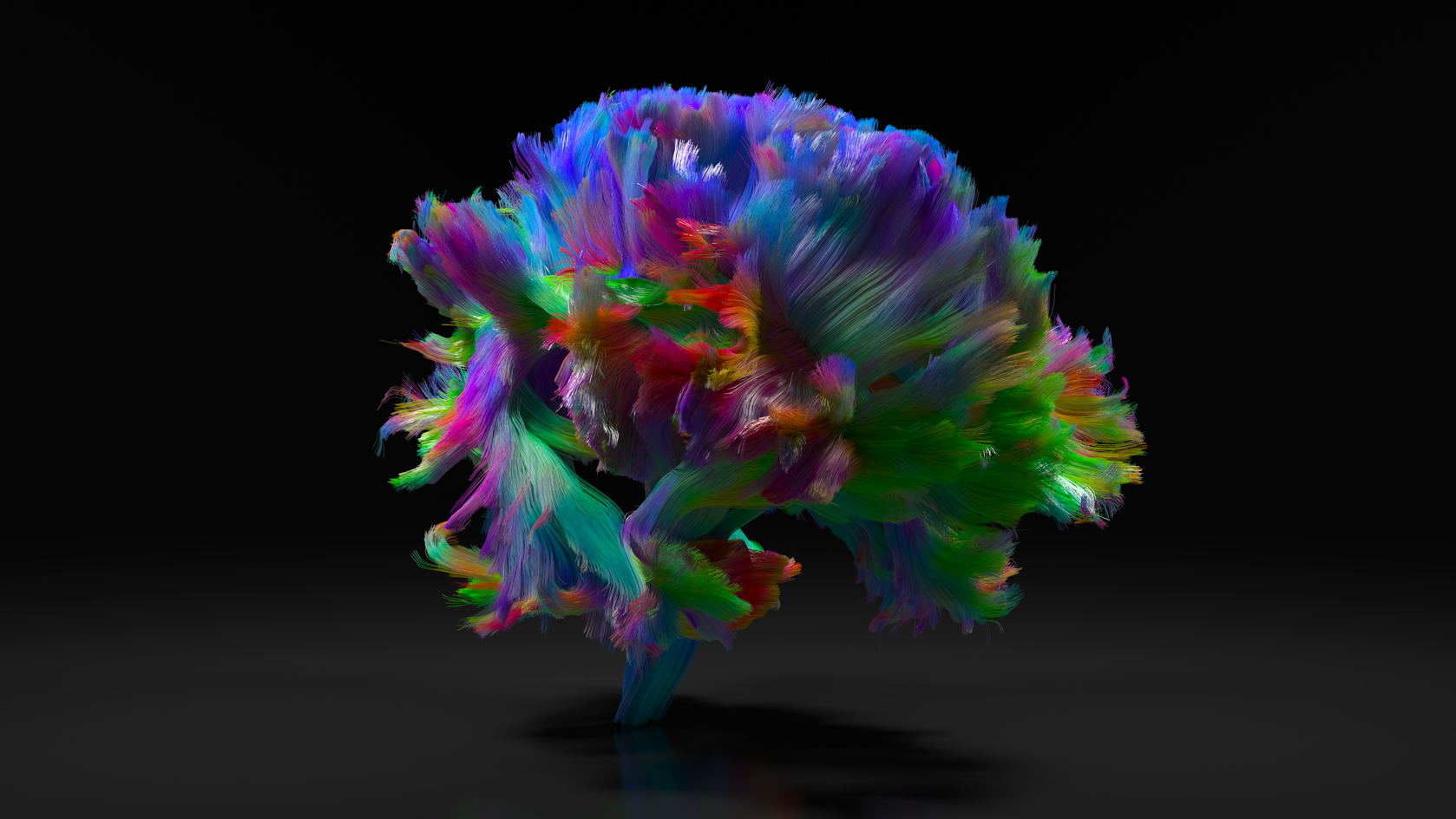
Connectome, an AI data sculpture model for Sense of Space at the 17th International Architecture Exhibition, La Biennale di Venezia, 2021
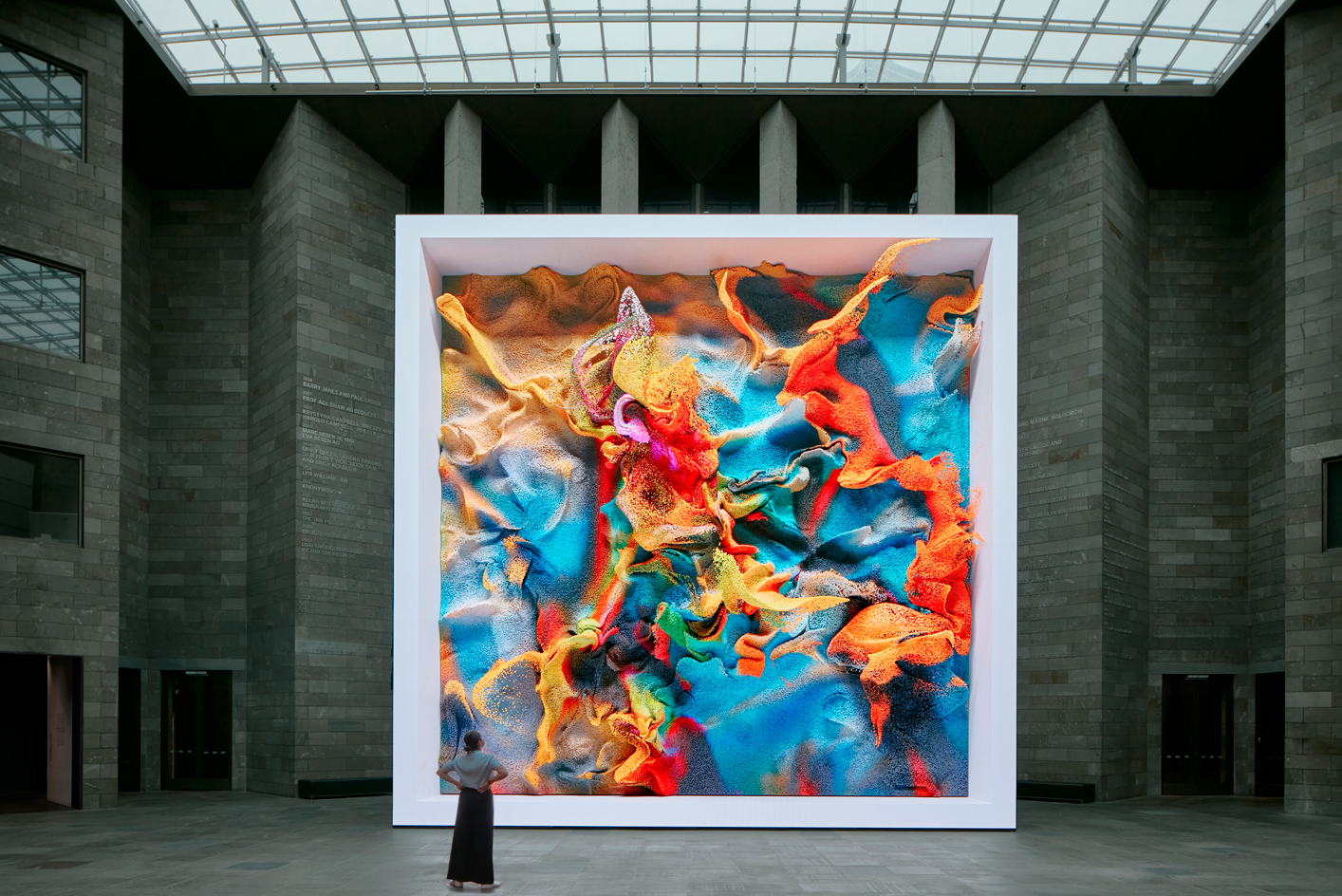
Installation view of Refik Anadol Quantum Memories 2020 on display in NGV Triennial 2020
‘In 2008, I coined the term “data painting” to express the idea that data can become a pigment that reflects imagination. This has driven my practice for 14 years,’ he tells me via Google Meet from his LA studio. Rather than conventional paintings, which involve fixing paint on canvas, he creates ‘living paintings’ which morph and evolve infinitely.
‘I became the first artist-in-residence at Google in 2016, which made me realise that a machine can learn, it can remember, and it can dream,’ Anadol continues. ‘Machines are becoming part of our society, and now they’re in our creative practice as well. It’s a whole new world.’
He explains that the MoMA installation has its origins in a 2021 online exhibition on the digital art platform Feral File, for which he’d trained a machine-learning model to interpret publicly available visuals and information around the museum’s collection to create a piece of generative art. The result was MoMA’s first NFT collaboration, ‘reimagining the trajectory of modern art, paying homage to its history and dreaming about its future’. ‘The idea is to stand on the shoulders of these incredibly pioneering artists [in the museum’s collection] to create something new,’ says Anadol.
Unsupervised takes the collaboration further, introducing a physical dimension as well as incorporating live inputs. Sensors within the Gund Lobby – which detect changes in light, numbers and movement of people, as well as the weather – will inform the visuals and sound, further reinforcing the idea of a living artwork. It is true that technology will be doing a lot of the heavy lifting, but Anadol is keen to emphasise the importance of human involvement. There is a lot of work that his 15-strong team (including computer graphic experts, architects, designers, musicians, data scientists, and AI researchers, who all together come from 11 countries) have put into creating a new AI model, and setting parameters so the AI can make decisions around colours, forms, patterns and speed. ‘It's not an autonomous piece, because I don't believe that’s what the future should be. I think human and machine collaborations are more relevant and positive for the future.’
The installation was co-curated by Michelle Kuo, curator of painting and sculpture at MoMA, and Paola Antonelli, the museum’s senior curator of architecture and design, and director of research and development. ‘With this commission, MoMA underscores its support of artists experimenting with new technologies as tools to expand their vocabulary, their impact, and their ability to help society understand and manage change,’ explains Antonelli.
Wallpaper* Newsletter
Receive our daily digest of inspiration, escapism and design stories from around the world direct to your inbox.

Architecting the Metaverse, by Refik Anadol Studio and Zaha Hadid Architects
Certainly, seeing Anadol’s digital animations come to life on the media screen in the Gund Lobby drives home the importance of physical experiences in our increasingly digital age. It puts Unsupervised in a long line of projects where Anadol has brought digital art to architecturally significant spaces, such as the façades of Frank Gehry’s Walt Disney Concert Hall in LA, Zaha Hadid’s Dongdaemun Design Plaza in Seoul, and Antoni Gaudí’s Casa Batlló in Barcelona. ‘I enjoy the moment when the physical and virtual connect. It’s always powerful to bring the two dimensions together,’ says the artist. His one-night-only projection mapping performance at Casa Batlló, in May 2022, had drawn 48,000 attendees. He spent the night walking among the audience, many of whom came up to him, moved to tears and asking for hugs. ‘That moment, when you touch someone’s mind and soul, and trigger beautiful emotions, is the ultimate moment of success,’ he reflects.
Up next for Anadol is a new take on the metaverse, called Dataland. As the project’s placeholder describes, it’s ‘the world’s first multi-sensory metaverse project [...] we will architect unprecedented spaces and invent cutting-edge poetic algorithms for new meditative experiences in the metaverse’. Collaborators include leading neuroscientists, architects, and AI pioneers, as well as tech titans such as Nvidia, Google and Epic Games. ‘I want to show that the metaverse is not just a virtual, cold space with heartless and soulless machines,’ he explains. ‘This is our attempt to find narratives in this new galaxy of imagination.’
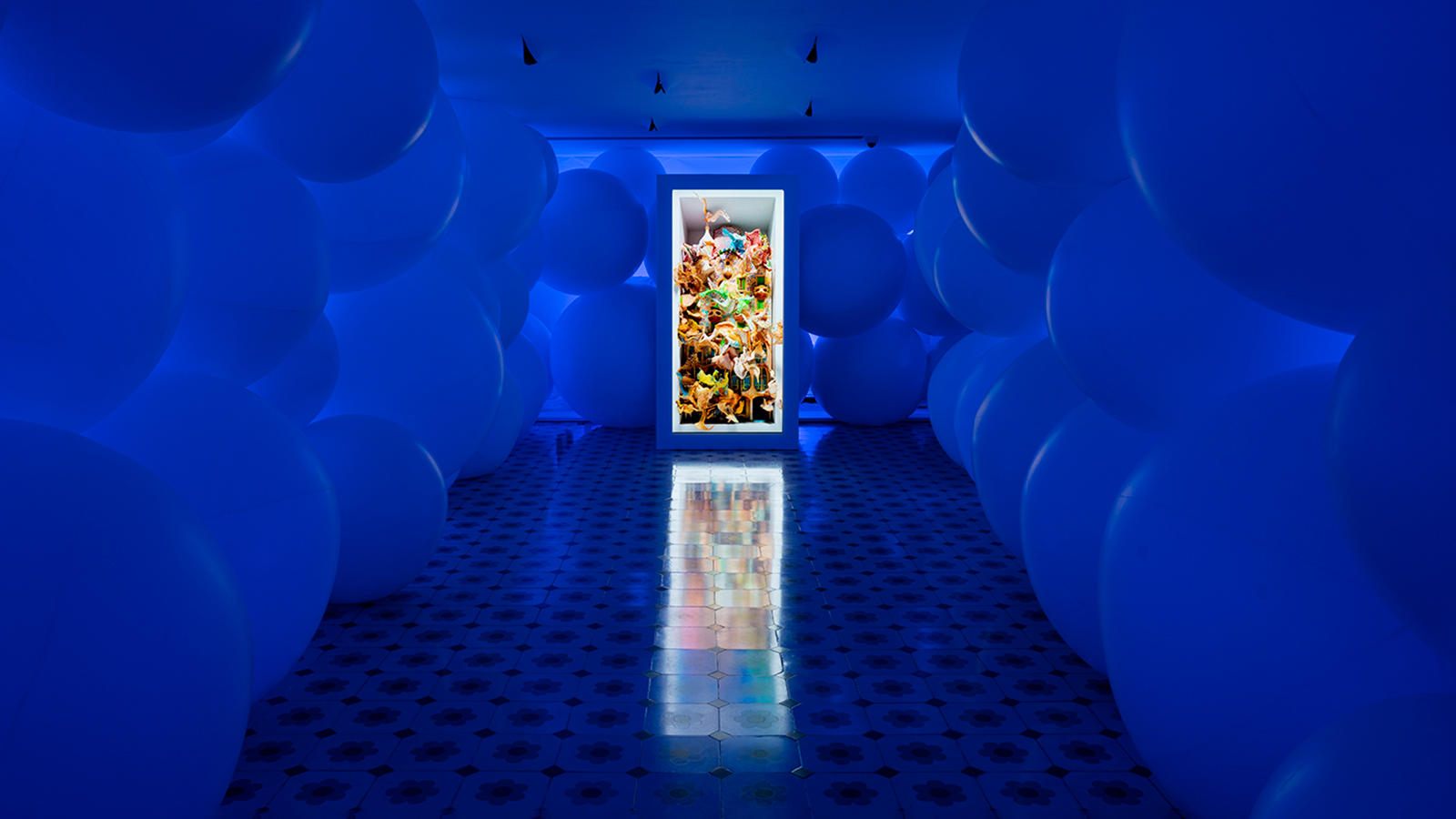
Refik Anadol, Casa Batlló: Living Architecture, 2022
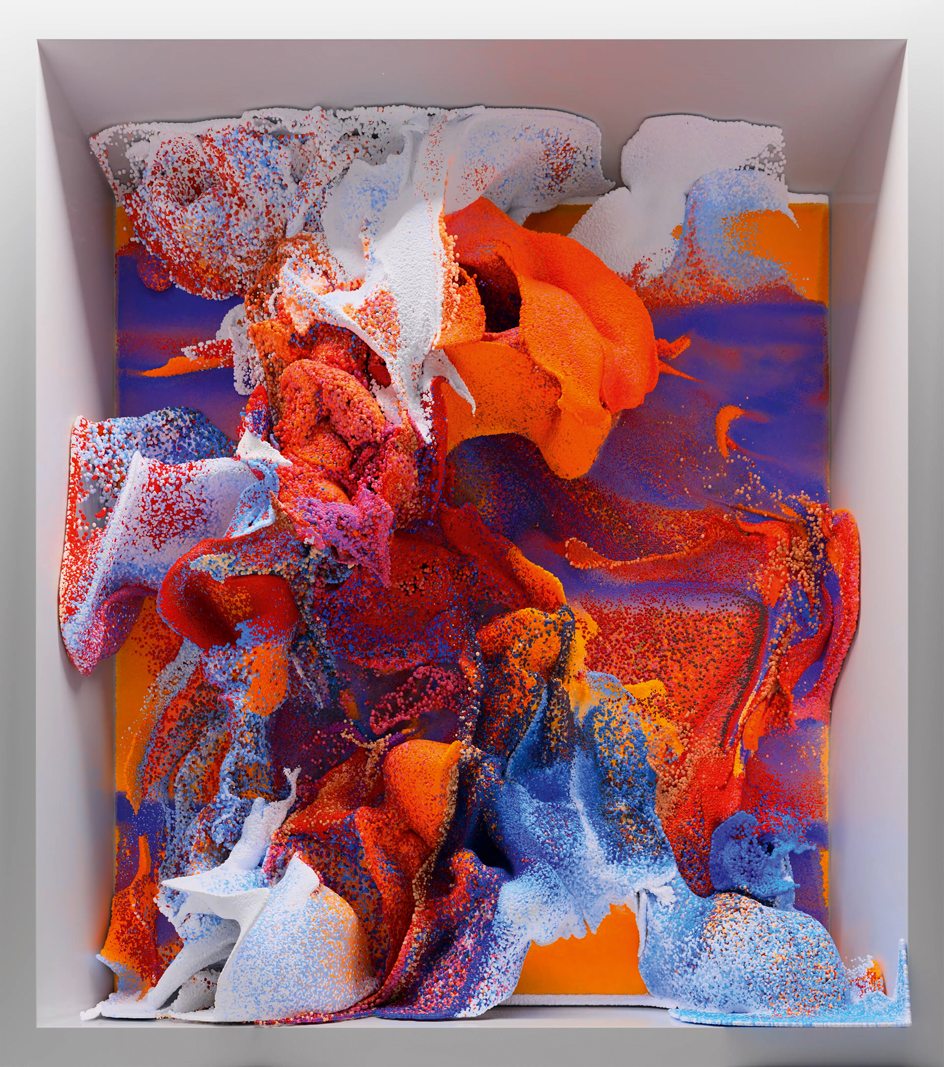
Refik Anadol, Sample data visualisations of Refik Anadol’s Unsupervised — Machine Hallucinations — MoMA — Fluid Dreams (2022)
‘Refik Anadol: Unsupervised’ is on view until 5 March 2023 in the Gund Lobby at MoMA, moma.org; refikanadol.com; dataland.art
Sample data visualisations of Refik Anadol’s Unsupervised — Machine Hallucinations —MoMA — Fluid Dreams (2022) appear on the limited-edition subscriber cover of January 2023 Wallpaper*, ‘The Future Issue’. Featuring real-time digital animation on LED screen and sound, the data sculpture was created using custom software and a generative algorithm with artificial intelligence.
A version of this story appears in the January 2023 issue of Wallpaper*, available now in print, on the Wallpaper* app on Apple iOS, and to subscribers of Apple News +. Subscribe to Wallpaper* today
TF Chan is a former editor of Wallpaper* (2020-23), where he was responsible for the monthly print magazine, planning, commissioning, editing and writing long-lead content across all pillars. He also played a leading role in multi-channel editorial franchises, such as Wallpaper’s annual Design Awards, Guest Editor takeovers and Next Generation series. He aims to create world-class, visually-driven content while championing diversity, international representation and social impact. TF joined Wallpaper* as an intern in January 2013, and served as its commissioning editor from 2017-20, winning a 30 under 30 New Talent Award from the Professional Publishers’ Association. Born and raised in Hong Kong, he holds an undergraduate degree in history from Princeton University.
-
 Put these emerging artists on your radar
Put these emerging artists on your radarThis crop of six new talents is poised to shake up the art world. Get to know them now
By Tianna Williams
-
 Dining at Pyrá feels like a Mediterranean kiss on both cheeks
Dining at Pyrá feels like a Mediterranean kiss on both cheeksDesigned by House of Dré, this Lonsdale Road addition dishes up an enticing fusion of Greek and Spanish cooking
By Sofia de la Cruz
-
 Creased, crumpled: S/S 2025 menswear is about clothes that have ‘lived a life’
Creased, crumpled: S/S 2025 menswear is about clothes that have ‘lived a life’The S/S 2025 menswear collections see designers embrace the creased and the crumpled, conjuring a mood of laidback languor that ran through the season – captured here by photographer Steve Harnacke and stylist Nicola Neri for Wallpaper*
By Jack Moss
-
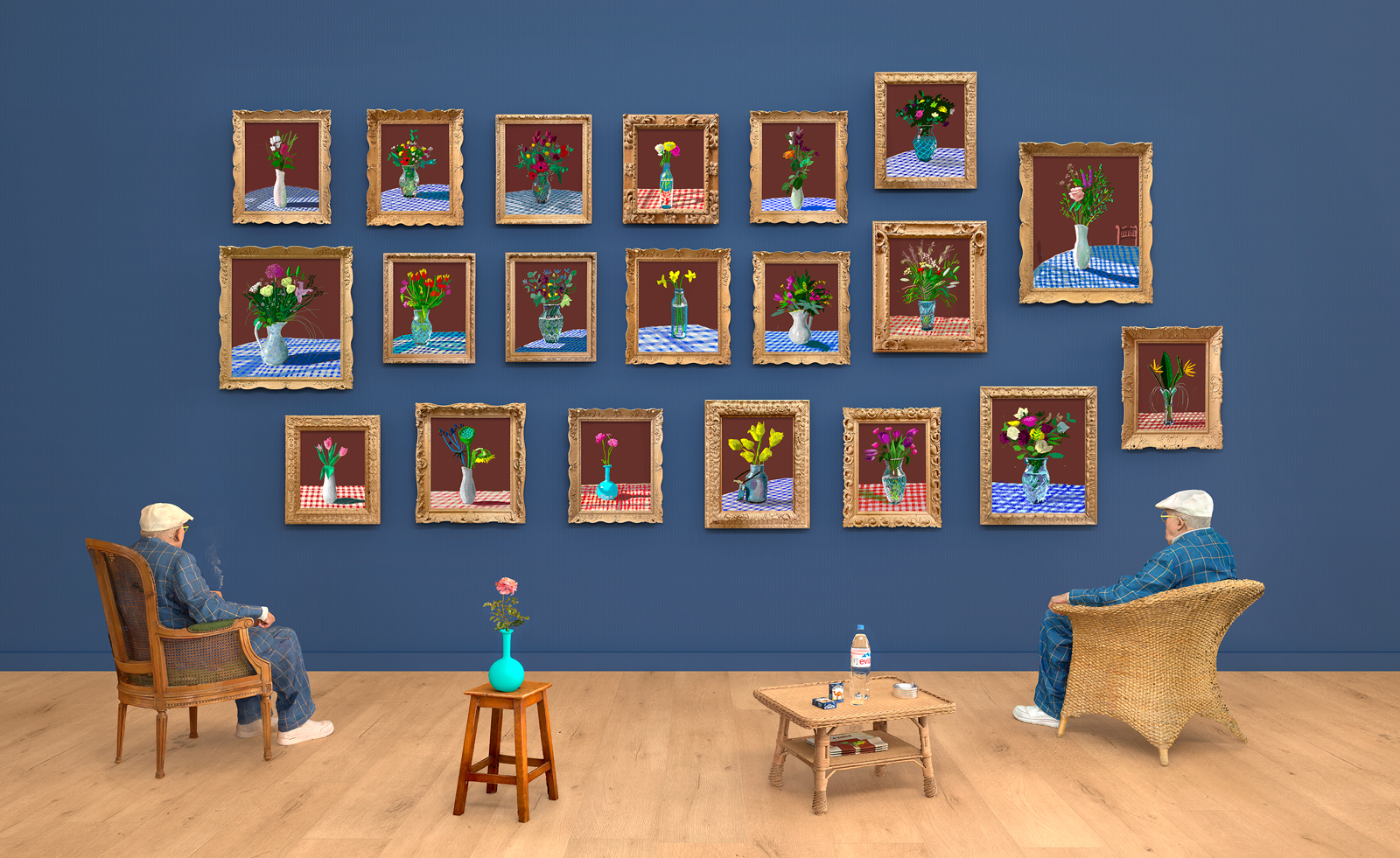 David Hockney plays with our perception of fine art in Palm Springs
David Hockney plays with our perception of fine art in Palm Springs'David Hockney: Perspective Should Be Reversed' is currently on show at the Palm Springs Art Museum
By Hunter Drohojowska-Philp
-
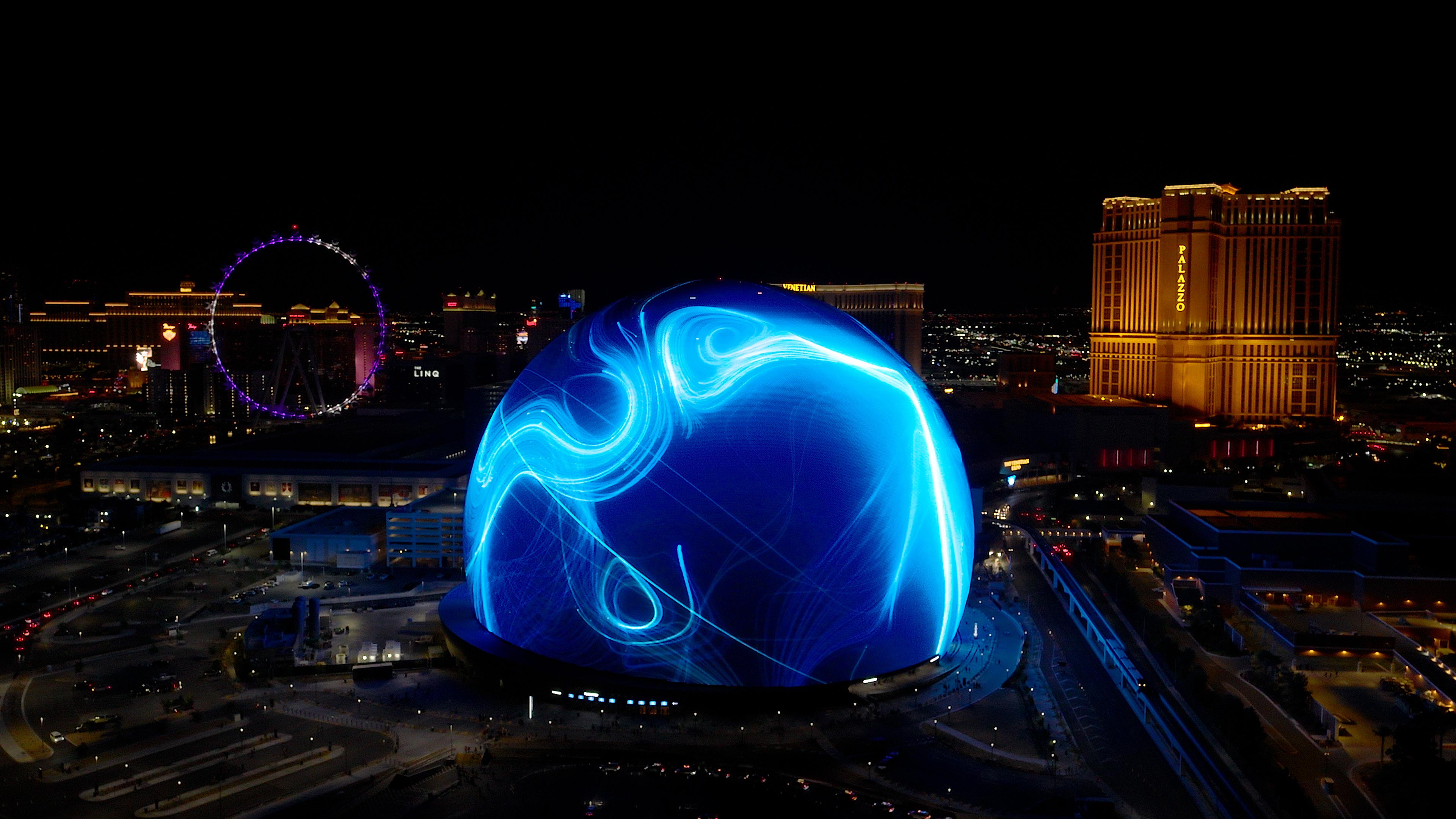 First look: Sphere’s new exterior artwork draws on a need for human connection
First look: Sphere’s new exterior artwork draws on a need for human connectionWallpaper* talks to Tom Hingston about his latest large-scale project – designing for the Exosphere
By Charlotte Gunn
-
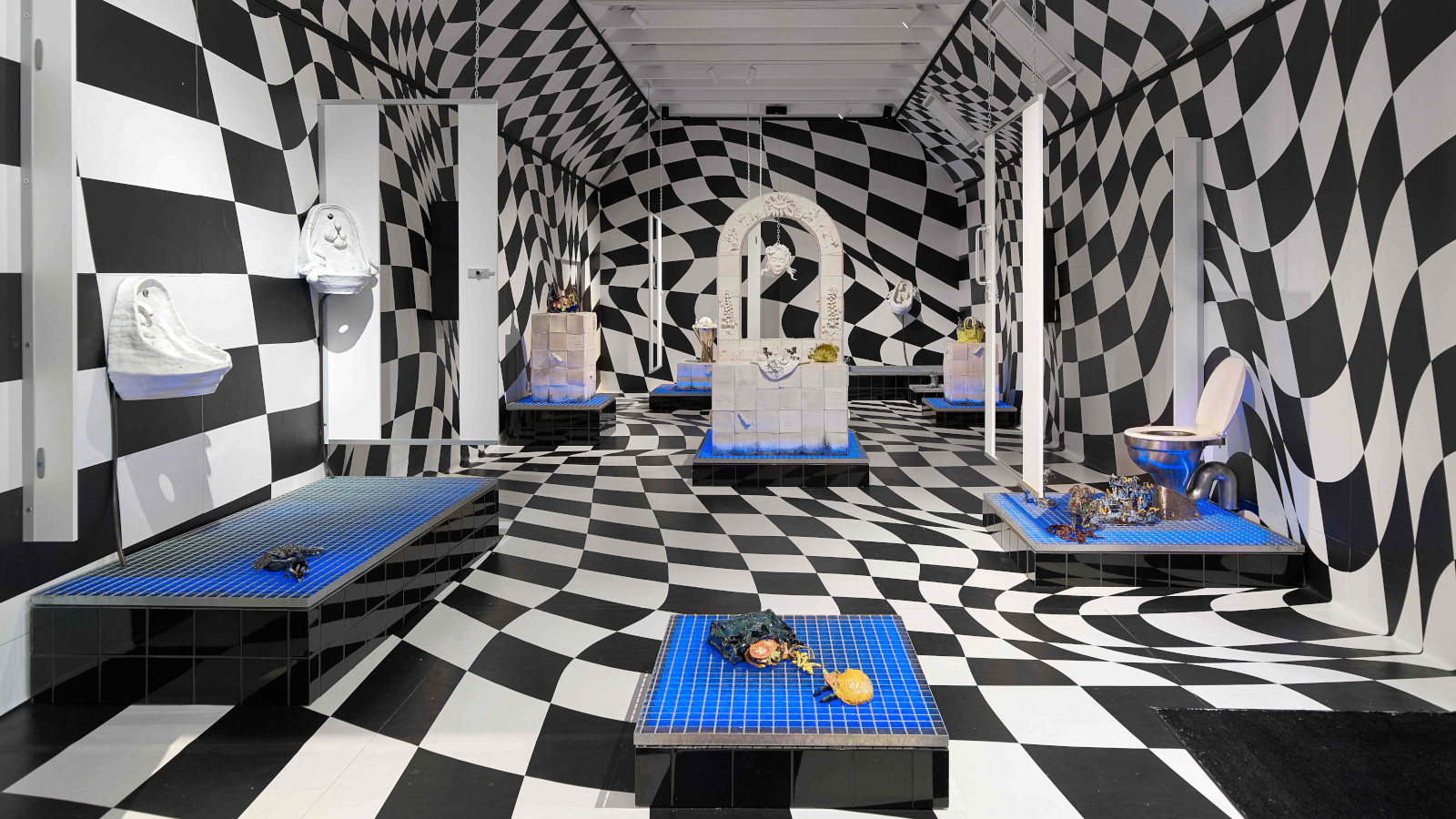 Edinburgh Art Festival 2023: from bog dancing to binge drinking
Edinburgh Art Festival 2023: from bog dancing to binge drinkingWhat to see at Edinburgh Art Festival 2023, championing women and queer artists, whether exploring Scottish bogland on film or casting hedonism in ceramic
By Amah-Rose Abrams
-
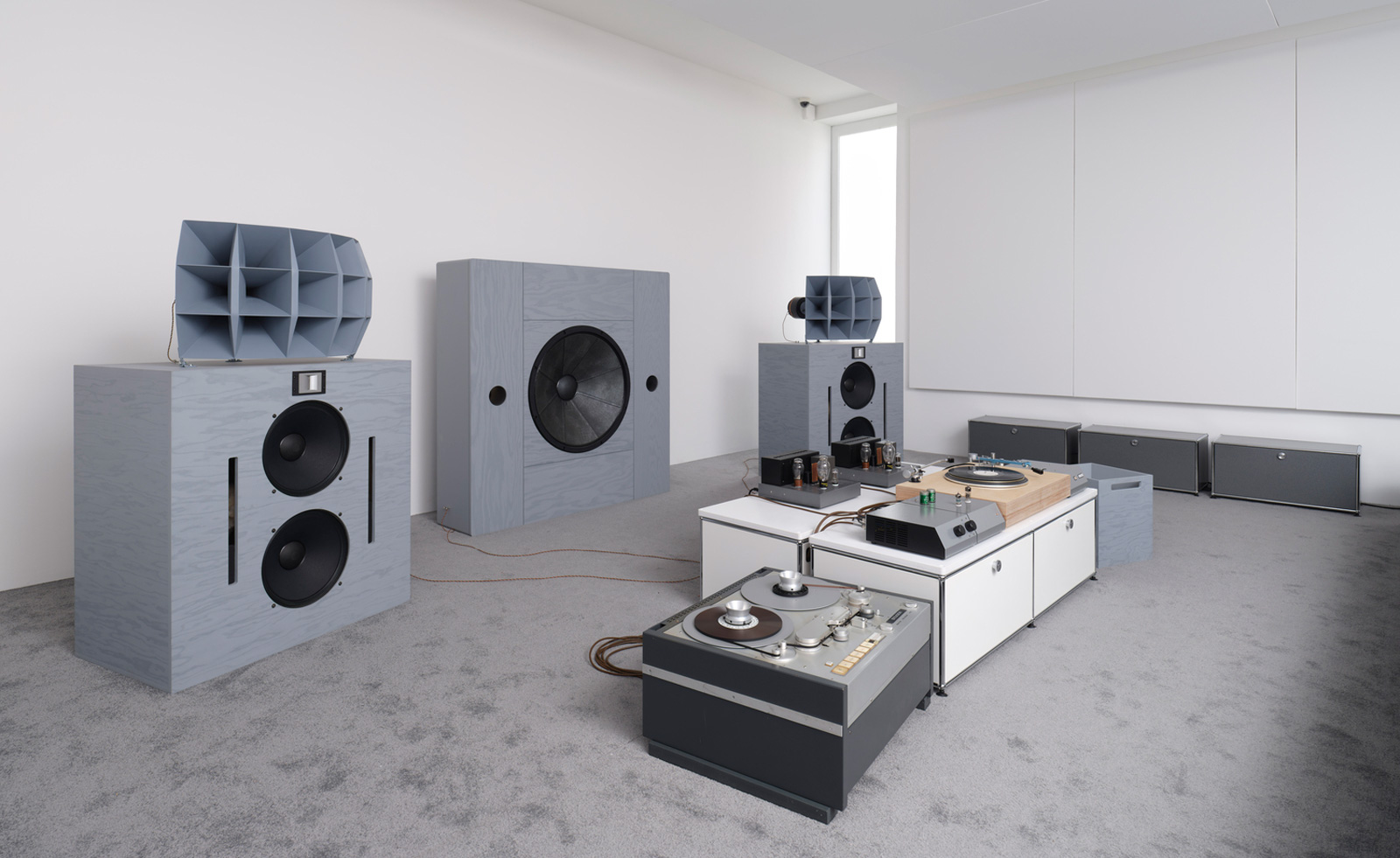 Last chance to see: Devon Turnbull’s ‘HiFi Listening Room Dream No. 1’ at Lisson Gallery, London
Last chance to see: Devon Turnbull’s ‘HiFi Listening Room Dream No. 1’ at Lisson Gallery, LondonDevon Turnbull/OJAS’ handmade sound system matches minimalist aesthetics with a profound audiophonic experience – he tells us more
By Jorinde Croese
-
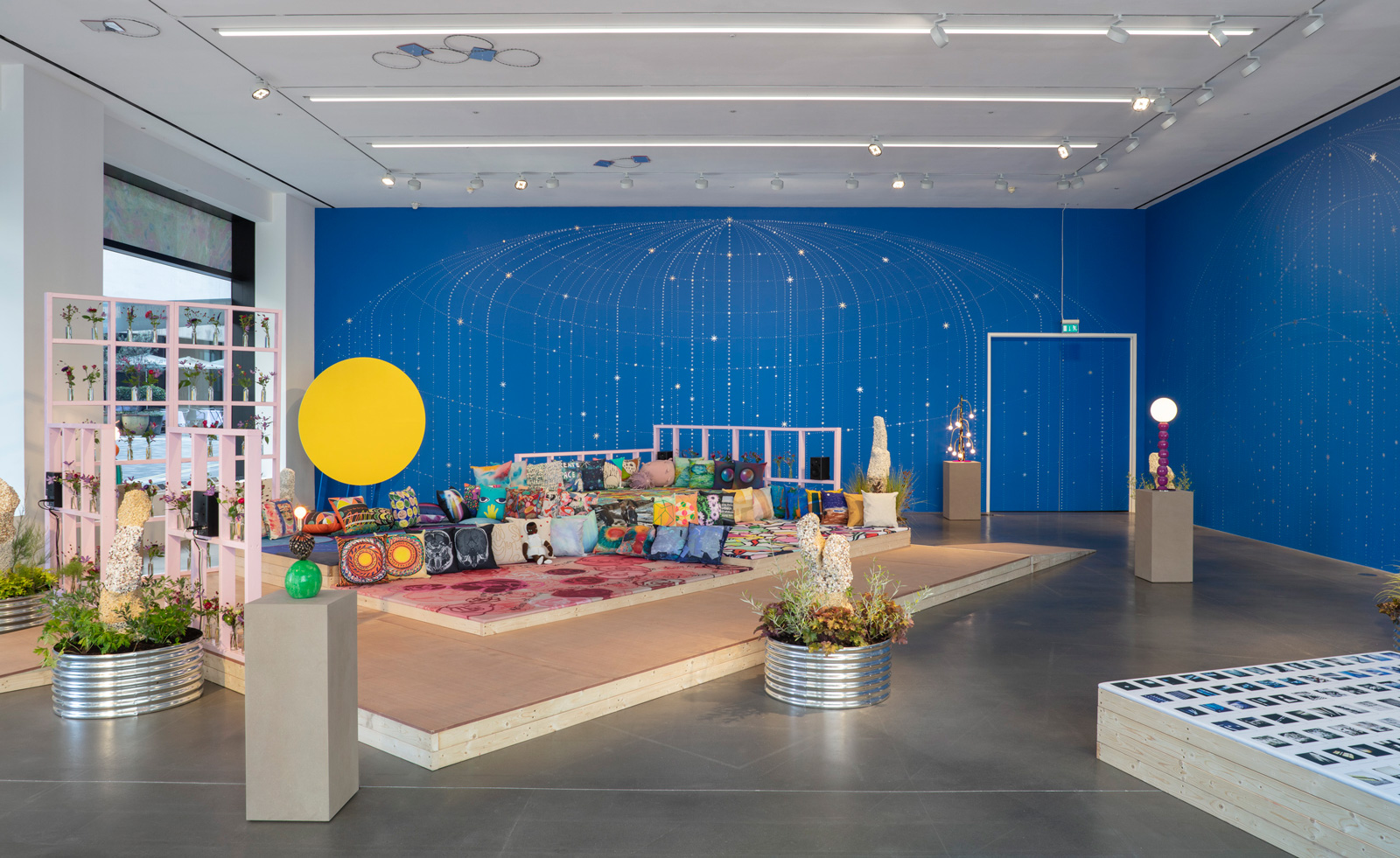 Hospital Rooms and Hauser & Wirth unite for a sensorial London exhibition and auction
Hospital Rooms and Hauser & Wirth unite for a sensorial London exhibition and auctionHospital Rooms and Hauser & Wirth are working together to raise money for arts and mental health charities
By Hannah Silver
-
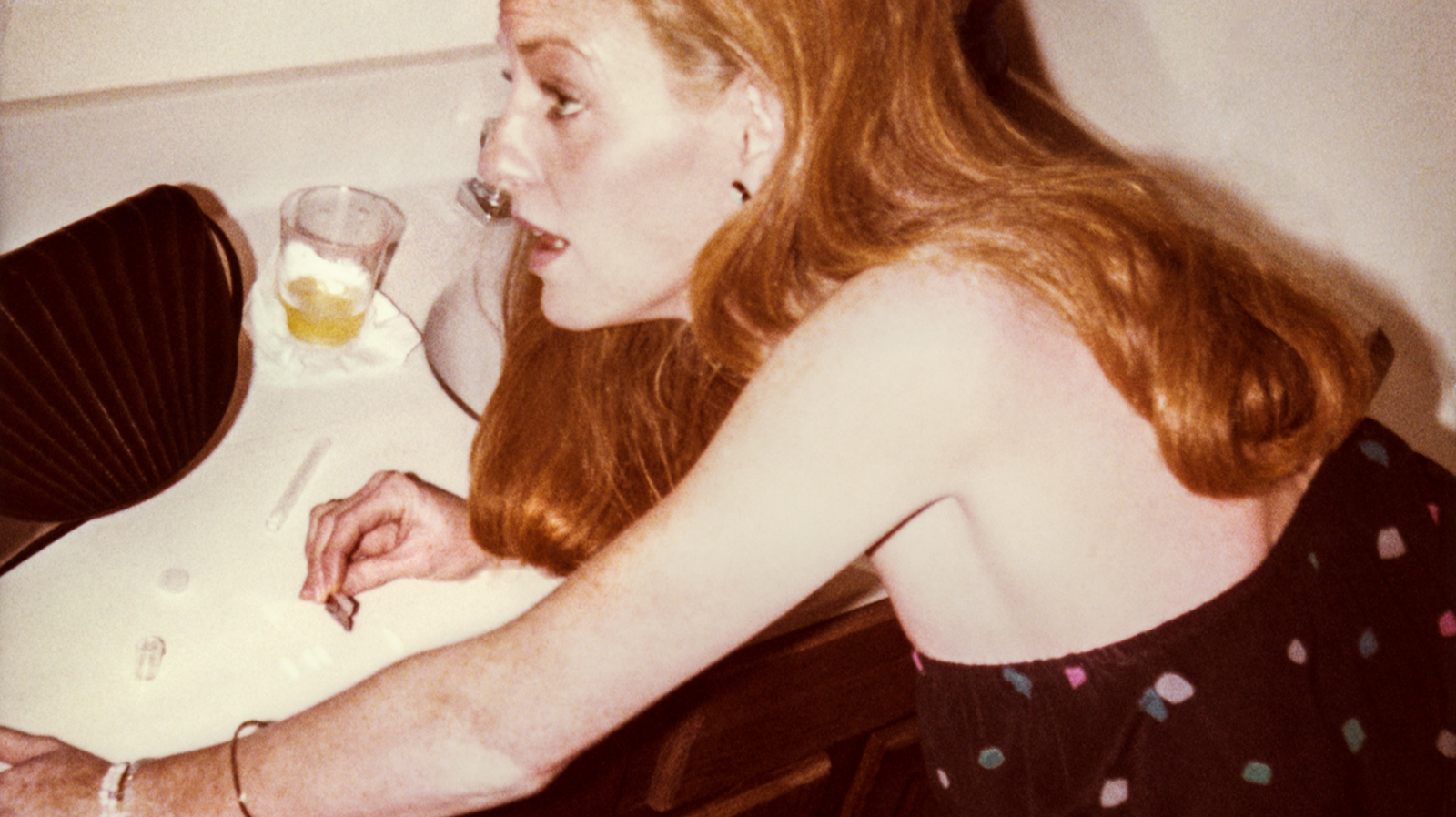 ‘These Americans’: Will Vogt documents the USA’s rich at play
‘These Americans’: Will Vogt documents the USA’s rich at playWill Vogt’s photo book ‘These Americans’ is a deep dive into a world of privilege and excess, spanning 1969 to 1996
By Sophie Gladstone
-
 Brian Eno extends his ambient realms with these environment-altering sculptures
Brian Eno extends his ambient realms with these environment-altering sculpturesBrian Eno exhibits his new light box sculptures in London, alongside a unique speaker and iconic works by the late American light artist Dan Flavin
By Jonathan Bell
-
![The Bagri Foundation Commission: Asim Waqif, वेणु [Venu], 2023. Courtesy of the artist. Photo © Jo Underhill. exterior](https://cdn.mos.cms.futurecdn.net/QgFpUHisSVxoTW6BbkC6nS.jpg) Asim Waqif creates dense bamboo display at the Hayward in London
Asim Waqif creates dense bamboo display at the Hayward in LondonThe Bagri Foundation Commission, Asim Waqif’s वेणु [Venu], opens at the Hayward Gallery in London
By Cleo Roberts-Komireddi